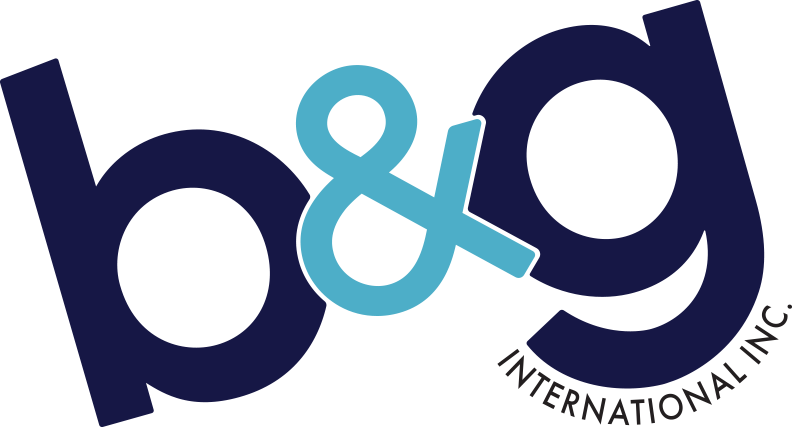Frequently Asked Questions on Walmart RFID Submission to the ARC Lab
What is an inlay?
The inlay is another term for the type of microchip, or antennae, embedded in the label you will be using. A list of different inlays currently accepted by the ARC lab can be found at https://rfidarc.auburn.edu/temp/suppliers.php.
Why do I need approval from the ARC Lab for the type of inlay I will be using?
Walmart has chosen to work with the ARC Program RFID Lab at Auburn University to ensure that products tagged with RFID labels meet certain expectations and requirements of performance and quality. They ask that vendors who supply goods to Walmart gain approval from ARC for the inlays they will be using.
How many samples of each inlay do I have to submit?
The ARC Lab requires at least 5 samples of each inlay per product type.
What information do I need to include on the samples?
Information on the submission samples needs to be representative of the information you will be placing on RFID labels and tags to be displayed in Walmart stores once samples are approved. Examples of such information fields include UPC, style number, and item description.
What are the costs involved in ordering samples from B&G?
In most cases B&G can provide these samples to you free of charge.
What else do I need to submit?
In addition to the physical labels, you will need to submit photos and videos of samples of your products with the labels attached. Visit our ARC Lab instruction page for details on proper submission of photos and videos.
How long does the approval process take?
As of the spring of 2022, the approval process takes about 2-3 weeks once labels are received at the ARC Lab.
What comes after approval?
After the ARC Lab approves your samples, you can order production of your RFID labels. B&G has global locations to produce these labels for you, including right here in the USA!
Start your sample order by emailing Dan Cunneen at dcunneen@usa.bgintr.com or David Bradow at dbradow@usa.bgintr.com.
